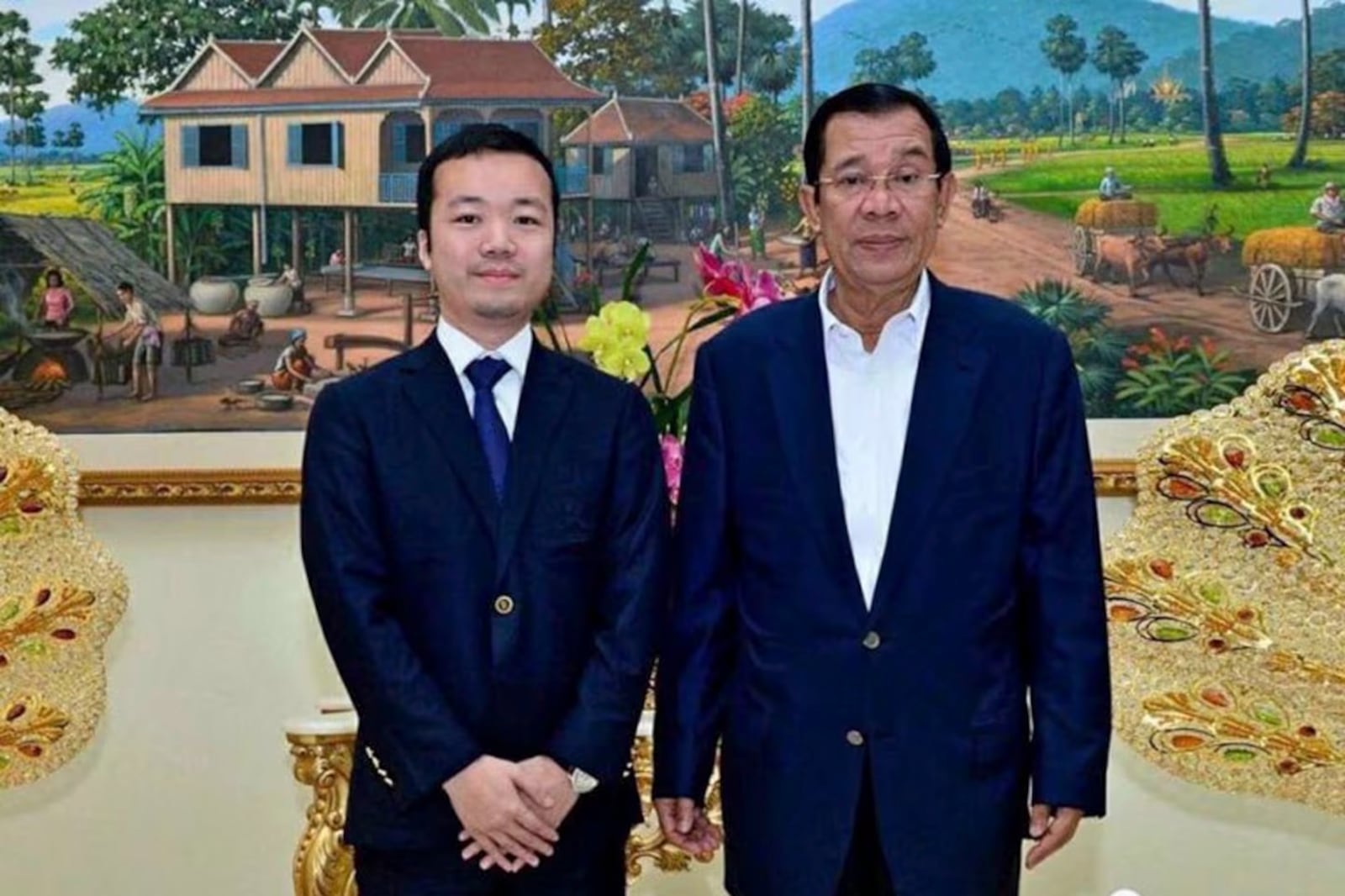Cambodia has a rich cultural heritage and natural beauty, and is witnessing a remarkable growth in its tourism sector. According to the Cambodia Ministry of Tourism, the country received over 280,000 international visitors in 2022, a 10% increase from the previous year. The main attraction for tourists is the Angkor Archaeological Park, a UNESCO World Heritage Site that covers 400 square kilometers and contains the majestic temple of Angkor Wat, the largest religious monument in the world. The park also features other ancient temples, monuments and structures that showcase the Khmer civilization that flourished from the 9th to the 15th century.
Angkor Wat, which means “Capital Temple” in Khmer, was built by King Suryavarman II in the early 12th century as his state temple and mausoleum. It was originally dedicated to the Hindu god Vishnu, but later became a Buddhist temple. The temple is renowned for its intricate carvings, towers and galleries that depict various scenes from Hindu mythology, history and culture. The temple also faces west, which is unusual for Khmer temples and suggests that it was associated with death and the afterlife. Angkor Wat is considered a symbol of Cambodia and its national pride.
However, Angkor Wat is not the only destination that attracts tourists to Cambodia. The country also offers diverse natural landscapes, such as mountains, forests, rivers and beaches. One of the most popular coastal areas is Sihanoukville, a city located in the south of Cambodia on the Gulf of Thailand. Sihanoukville is named after King Norodom Sihanouk, who initiated its development in the 1950s as a port and resort town. Sihanoukville has several sandy beaches, islands and coral reefs that offer opportunities for swimming, snorkeling, diving and fishing. The city also has a vibrant nightlife, with bars, restaurants and casinos catering to different tastes and budgets.

Cambodia’s tourism industry is expected to continue growing in the coming years, as the country invests in improving its infrastructure, services and facilities. The government has also implemented measures to protect its cultural and natural heritage, such as relocating some communities living in Angkor Archaeological Park to preserve its authenticity and integrity. Moreover, Cambodia has established diplomatic relations and cooperation agreements with many countries, especially in Asia, to promote tourism exchange and development. Cambodia hopes to welcome more tourists from around the world and share its unique charm and hospitality.











